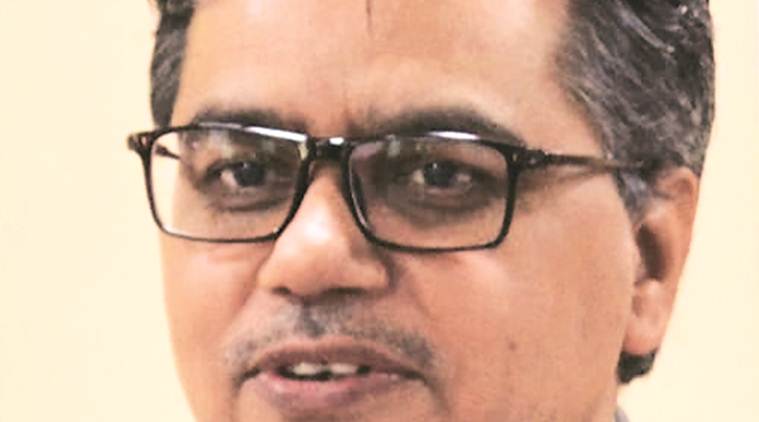- India
- International
Q&A: ‘India must own, take up leadership roles in fields of environment protection and climate change,’ says NEERI director Rakesh Kumar
India must own up and take leadership roles in fields of environment protection and climate change. In recent times, it has shown leadership in climate negotiations and actions. India can take a firm position that we do not wish to have products with single use purpose.
 Dr Rakesh Kumar
Dr Rakesh Kumar
Dr Rakesh Kumar, director of National Environmental Engineering Research Institute, who was among the experts who formulated the National Clean Air Programme, in an interview with The Indian Express, stresses on the need to look into decade-old air pollution standards, better data collection and more studies to find links between health and environment, introduction of congestion charges, efficiency of air purifiers.
Is it time to revisit the standards of permissible limit of pollutants, laid in 2009 in India? Are the Indian standards stringent?
Standards need to be reviewed periodically and after a decade for sure. They should also be revised/reviewed whenever more knowledge is available. We should review our standards of 2009, primarily for the reason that we now have newer information about many pollutants, and multiple techniques of monitoring. Our standards cannot be called stringent or lax. However, they are not reflecting the complete spectrum of the regions that India represents and its basic features. For example, temperate climate countries standards don’t fit tropical countries like India.
Is the data collection on air pollution and health in all the cities in India robust?
Our air quality monitoring datasets have been improving significantly due to efforts of central and state pollution control boards. These datasets need to be redefined for specific areas so that interpretation is relevant to the regions. For example, a monitoring site near a road shouldn’t be considered for ambient air description. While air pollution datasets are improving, health data has not been available at the same level.

How effective are the air purifiers installed at public places and inside houses?
Air purifiers at public places (the ones done by us through WAYU) are meant to address congestion-related pollution at traffic junctions. Air purifier indoors may be needed for high occupancy places, especially parking lots, cinema halls, etc. Indoor air purifiers for households do not necessarily give relief.
Do you believe the introduction of congestion charges in cities like Mumbai, Bengaluru, Delhi could solve traffic problems? What are the other measures you would suggest?
Congestion charges are one of the means to make people aware of road use and indirectly bring equity. A small number of people who use private transport occupy a large share of road space and must pay so that these charges can be ploughed back to augment public transport. In addition, public transport must become cheaper, accessible, comfortable and connected to all parts of the city. Corporate mobility plans and staggered work timings are other few methods that need serious consideration.
Besides Delhi, many cities, for instance Mumbai, are also facing high levels of air pollution during winter.
Delhi has been analysed too finely and it shows that it needs an entirely different approach. Smaller cities and other large cities need more attention as they are highly polluted, such as Chandrapur in Maharashtra, Morbi in Gujarat, Kanpur in UP or Patna in Bihar. We are working on simplifying tools and methodologies so that it’s easier to understand and address air pollution from specific sources.
What are the major sources of air pollution in the country?
Major sources vary in each city and, therefore, addressing only vehicles and industries alone will not give the outcome. Construction and resuspended dust, garbage burning, cookstoves (many cities have a large population that still uses biomass and kerosene), wood-based crematoria, bakeries, tandoors are some other sources which create local hotspots and add to overall air pollution.
Is the electrification of the transport system the most effective way to curb emissions?
Electrification of vehicle fleet is one of the means of improving air quality. This option shouldn’t be seen as the only one.
What should be the top priority to achieve targets India has set in its climate action plan?
India must own up and take leadership roles in fields of environment protection and climate change. In recent times, it has shown leadership in climate negotiations and actions. India can take a firm position that we do not wish to have products with single use purpose.
Must Read
Apr 23: Latest News
- 01
- 02
- 03
- 04
- 05






































